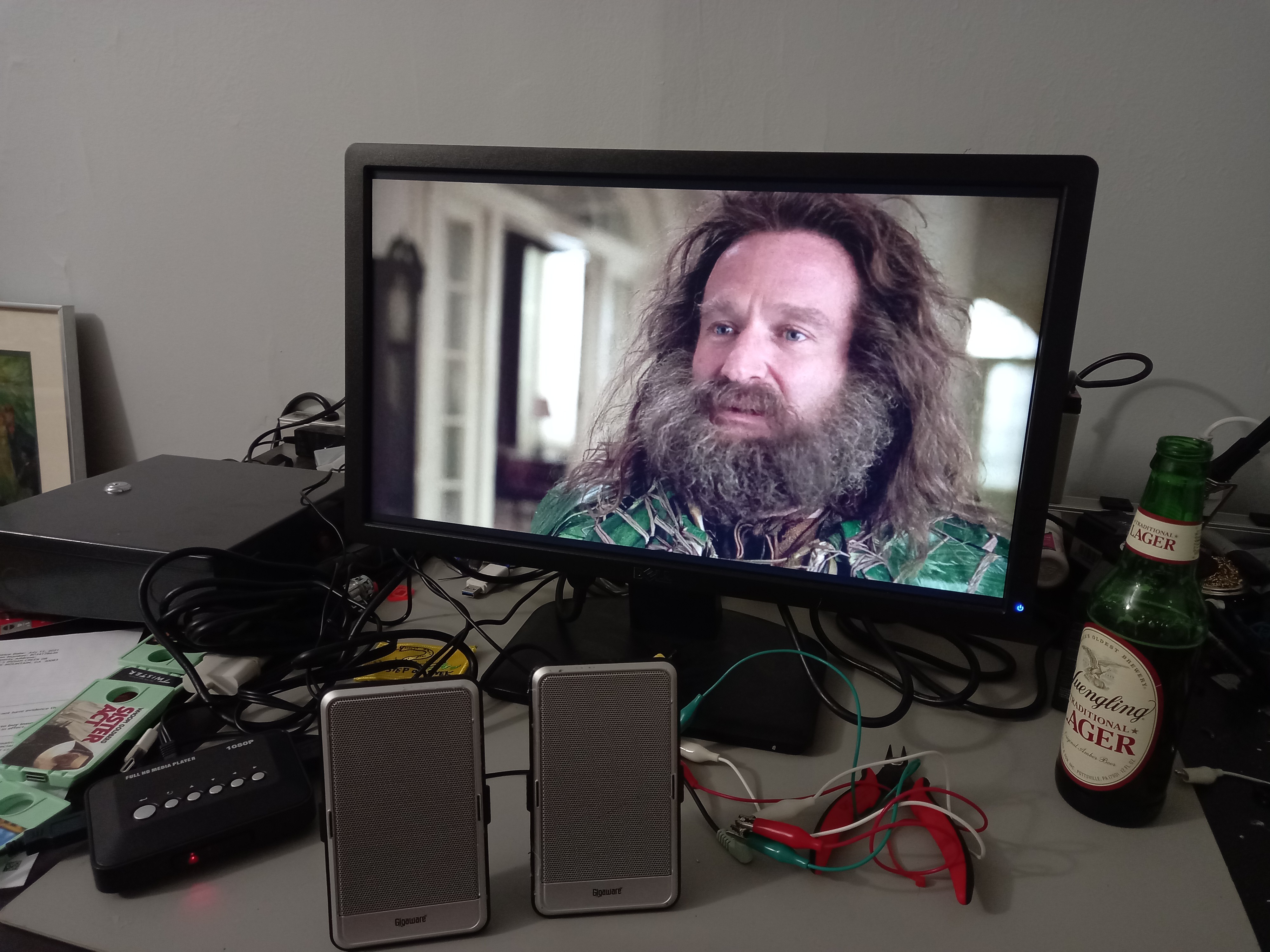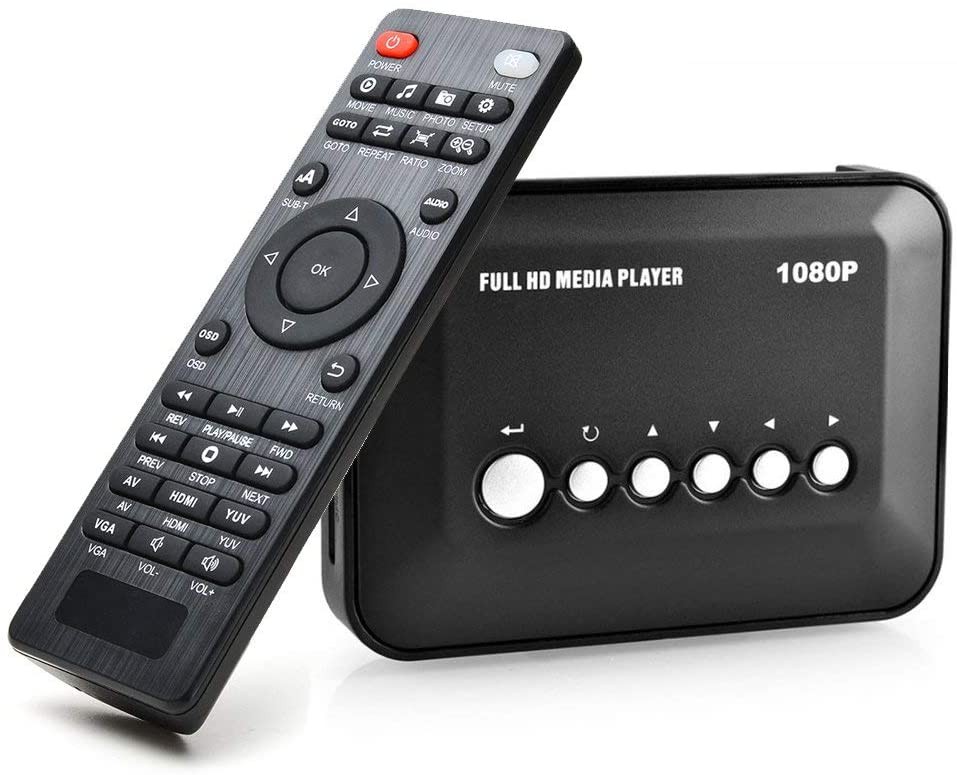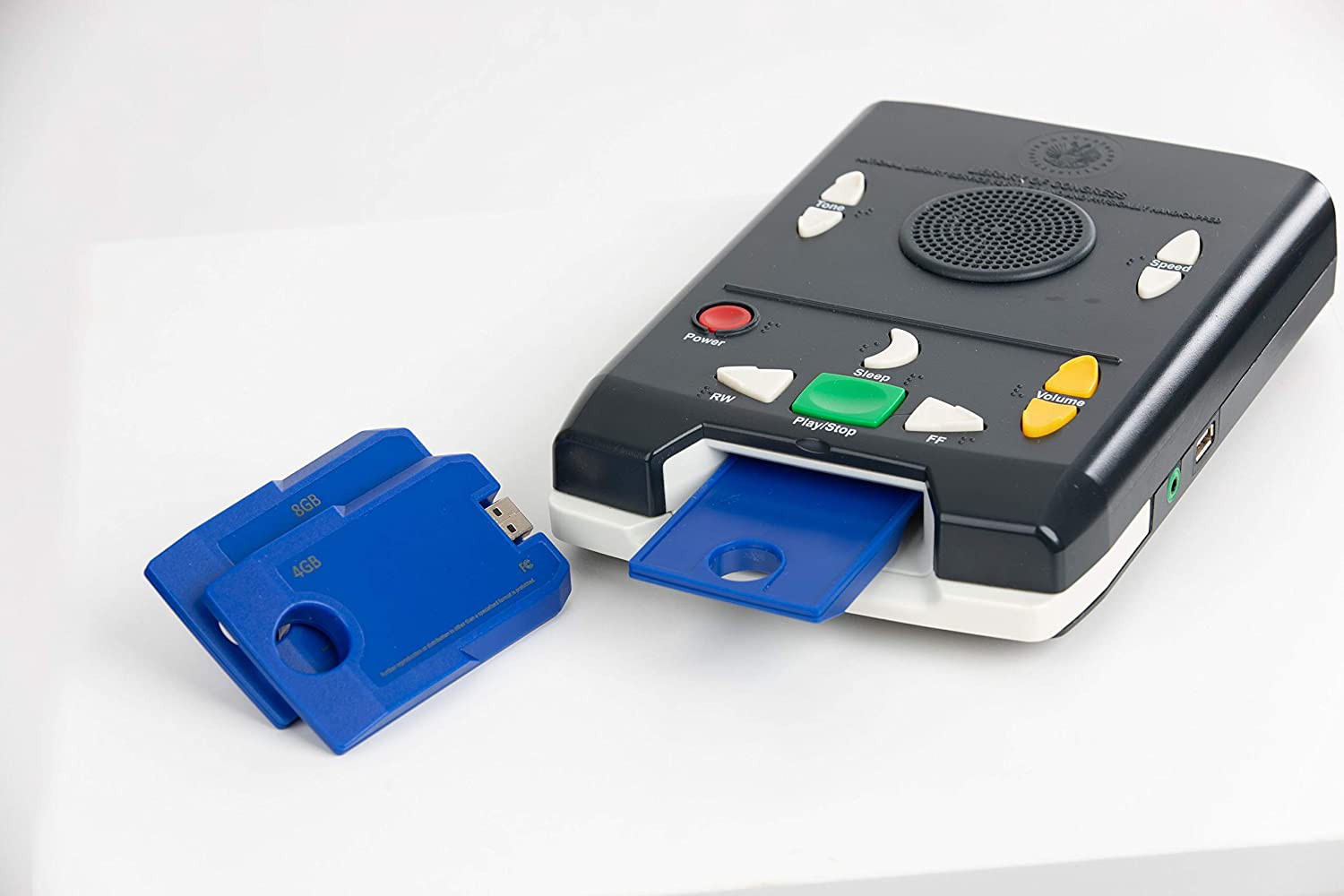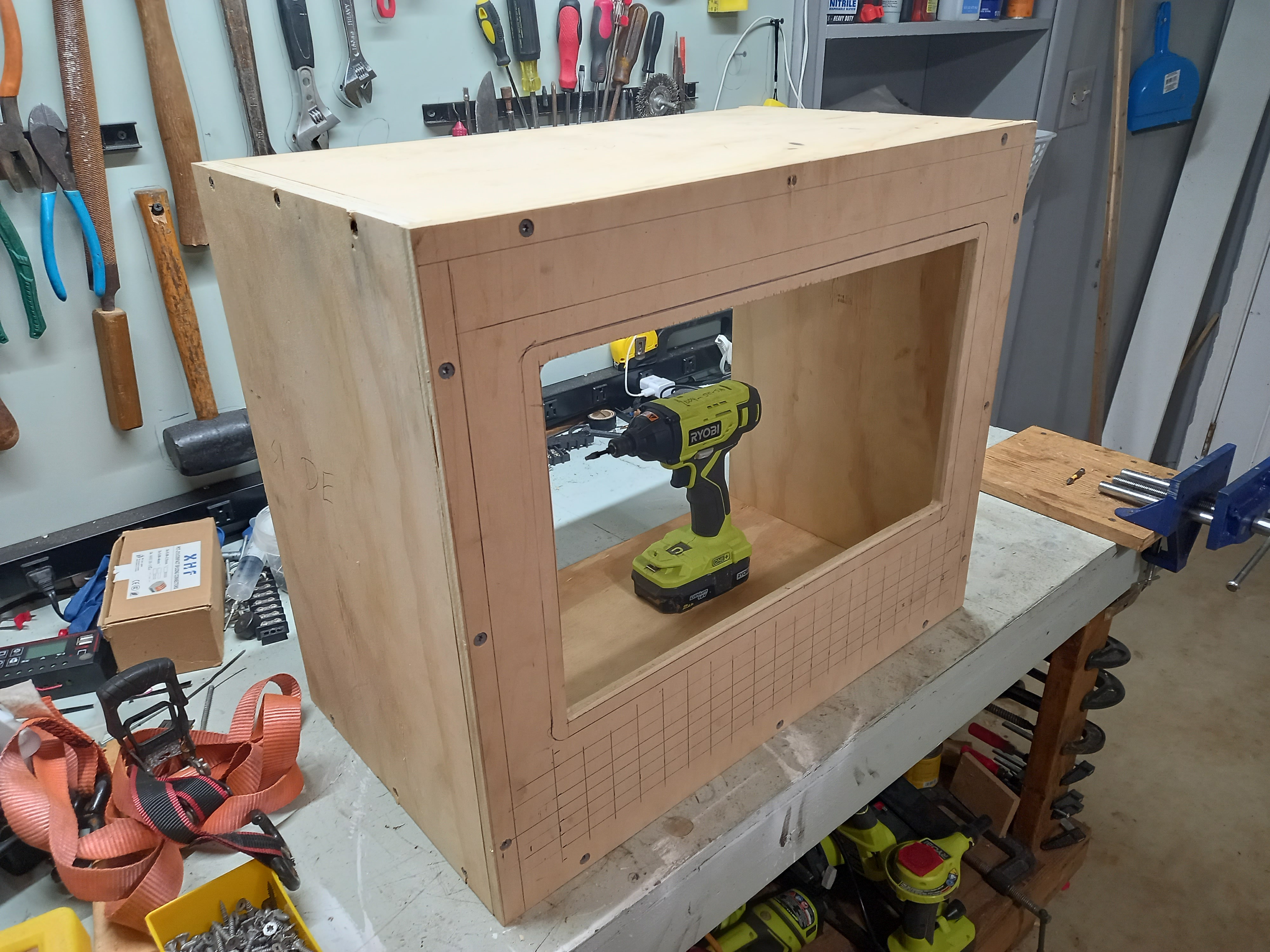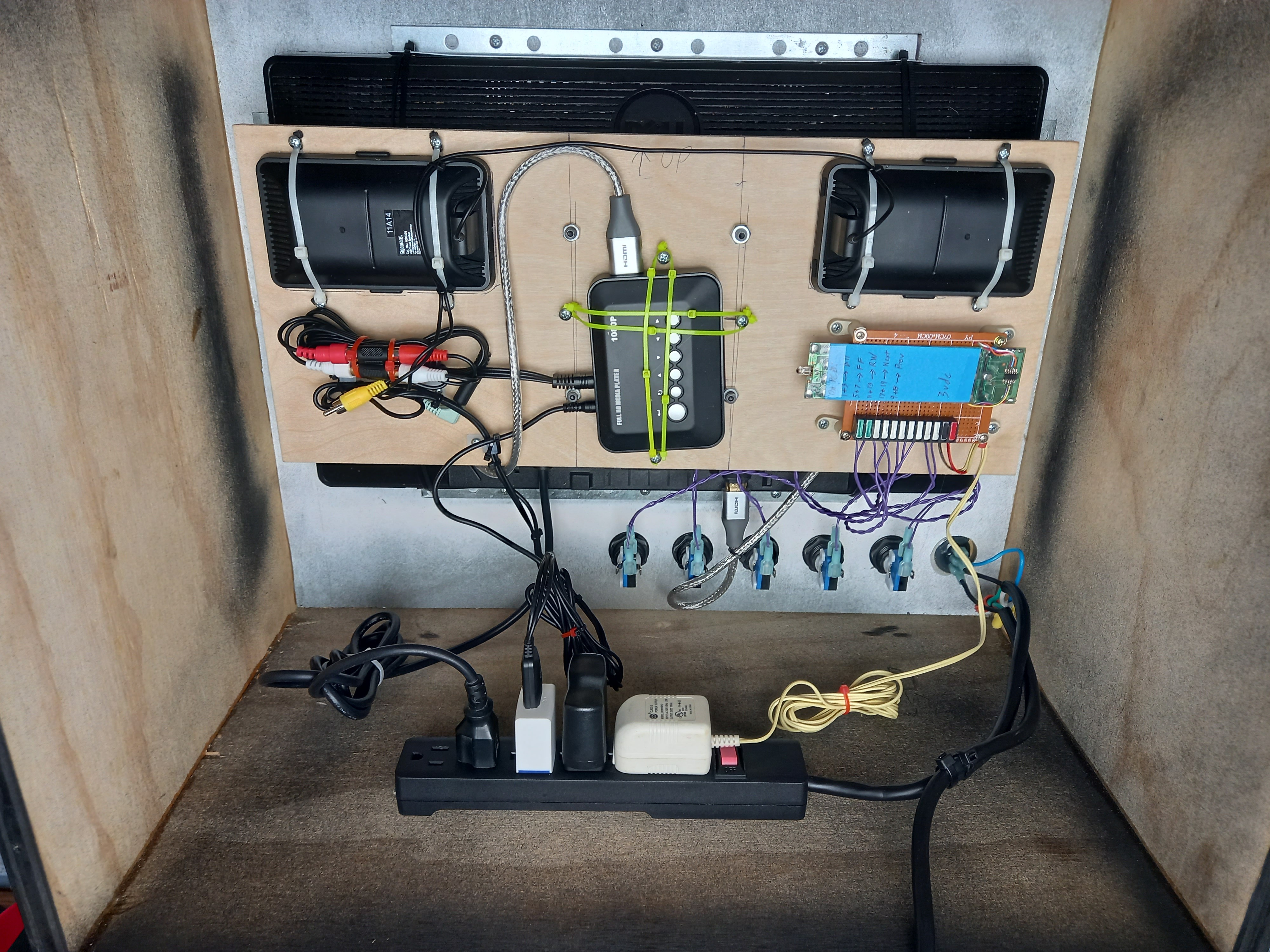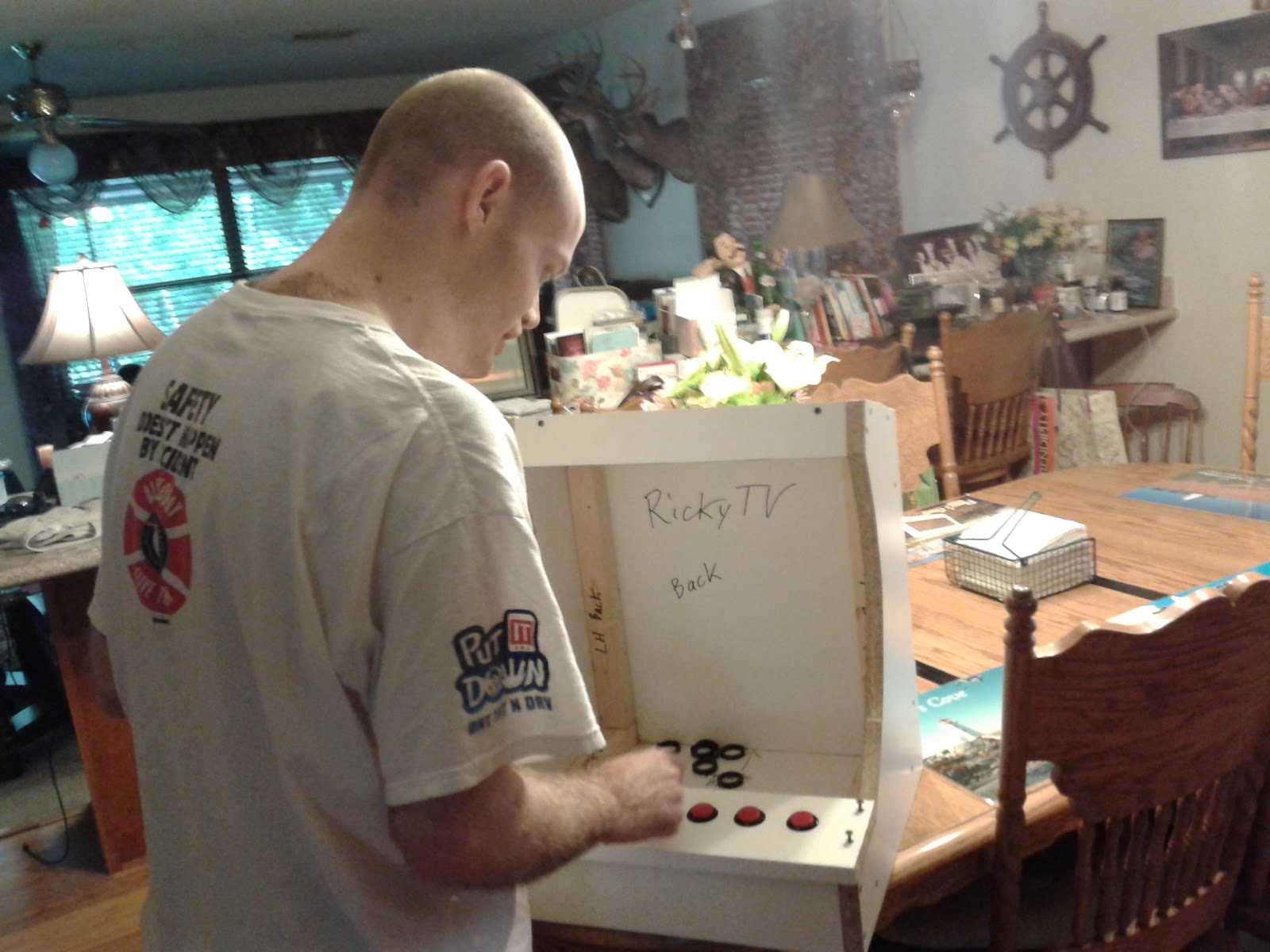I Haven't posted to this blog in over a decade, not for any particular reason, just life going on. Since 2013 I've gone from fueling airplanes, to ship's engineer on a traveling political rock opera ship, to repairing gym equipment, to fixing games and robots for a certain children's casino, and now I work with fire alarm systems. I've also lost a home, gotten into a long-term relationship, lost a makerspace, moved cities, bought a house, and helped see another makerspace thrive and grow. In all that time there's also been Ricky, and his TVs.
Keeping him in working and usable video hardware has been one of the longest-running threads in my life. The arcade cabinet DVD player I made him years back worked well for a year and change until an unfortunate chocolate milk spill spelled the end for the dvd player. He wasn't thrilled with me repo-ing it for repairs....
After that I worked with my friend Dan to make a Raspberry Pi based
player that would easily retrofit into the arcade cabinet. 10 or so
videos encoded for the limited power of the original Pi and a text menu
to navigate. That worked well for a year and change, but occasionally
the SD cards corrupted and needed replacing.
Before I went aboard the pirate theater ship in 2014 I retrofitted it yet again with a bright and shiny Pi3, XBMC, and as much of a stripped-down interface as I could configure. That was a disaster. He'd end up mysterisouly stuck in menus from errant button presses and the nested nature of the menus were too much for him to get used to backing out and trying again.
Once I finished up with the ship in 2015, I made him a new cabinet for his older pi1 based player, and called it RickyTV for the first time.

Basically a desktop version of the original cabinet, it served well for several more years with basically no repairs except replacing dead speakers once. Even before I had it finished he was excited for it.
After I moved to Atlanta in 2017 for work, I ended up making a few more smaller boxes I could take home and plug in like set-top boxes for family at places he'd visit other than his house. They tended to be pretty quick-and-dirty builds made before the schlep back to Jacksonville. Then in 2020 some stuff happened, y'all know. I also came across a media format that year that's perfect for his needs. I'll be making a new post for that player soon, and maybe more posts on the other iterations.

https://www.timetoast.com/timelines/3091725





















